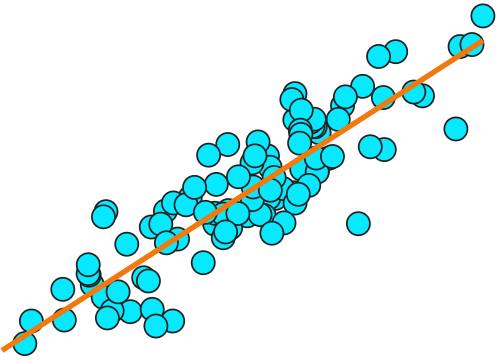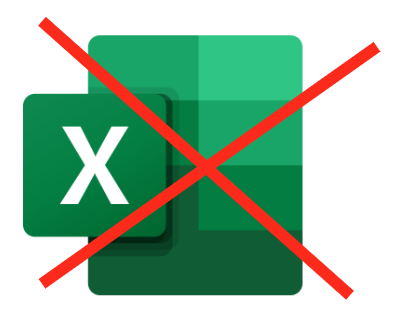The correlation matrix is a great way to visualize patterns in your data, when you have a lot of variables.
With the ability to color the squares in the matrix according to the correlation coefficients, any interesting results should just pop right out at you. But there are pitfalls!
Read More



















